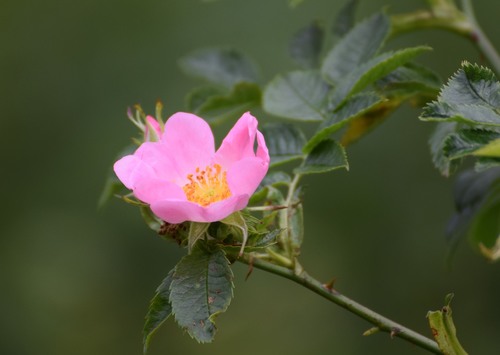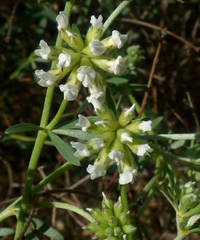Rose family
Rosaceae
Plantae Rosaceae, commonly known as the rose family, is a large family of flowering plants that is widely distributed across the Comunidad Valenciana and the world. This family is known for its diverse group of ornamental and fruit-bearing plants, and it plays a significant role in both natural ecosystems and horticultural landscapes.
The Rosaceae family is characterized by the following:
- Flower Structure: Members of the Rosaceae family typically have radial symmetry flowers with five petals, although some species may have more. These flowers often possess a characteristic fragrance, making them popular in ornamental gardens.
- Fruit Types: The family includes a variety of fruit-bearing plants, such as apples (Malus), cherries (Prunus avium), plums (Prunus domestica), and strawberries (Fragaria), which are important both ecologically and economically.
- Leaves: Rose family plants often have serrated leaves and are typically alternate. In many cases, the leaves are compound, consisting of several leaflets.
- Habitats: These plants are highly adaptable and can be found in a variety of habitats, ranging from woodlands to coastal areas, and they often thrive in the temperate regions of the Comunidad Valenciana.
Some notable genera of the Rosaceae family found in the Comunidad Valenciana include:
- Rosa (rose) - A widely recognized genus, known for its beauty and cultural significance, especially in gardens and as cut flowers.
- Crataegus (hawthorn) - These are often used in hedges and are valued for their spring blossoms and autumnal berries.
- Pyrus (pear) - A genus that includes several species cultivated for their edible fruit.
- Rubus (bramble, blackberry) - Known for their edible berries that are popular in desserts and preserves.
Overall, the Rosaceae family is a vital part of the botanical landscape in the Comunidad Valenciana, contributing to its biodiversity and offering various ecological and economic benefits.







